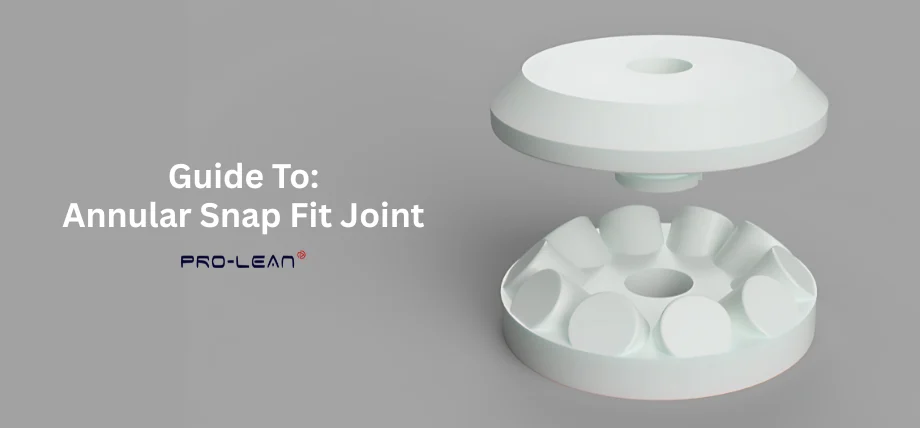
Annular Snap Fit Design
Snap-fit joints are an efficient and versatile method for joining two plastic parts in modern product design. They reduce the need for fasteners and fitting features.
There are various types of snap fits, but the annular snap joint is commonly used for cylindrical applications due to its design characteristics.
In this article, you’ll learn about the design considerations, advantages, and applications of snap and annular snap joints that provide essential design tips for precise implementation.
What Is Snap Fit?
Snap fit is a method of assembly that allows you to join plastic parts using a tight snap feature, eliminating the need for fasteners. The snap-fit design can withstand tensile and torsional forces, making it ideal for plastic materials due to their elasticity and ability to flex during mating.
The snap fit is widely used across various industries, ranging from consumer electronics to medical devices, due to the ability to simplify assembly and reduce manufacturing costs.
The snap-fit joint is based on elastic deformation, allowing the mating parts to deflect during the assembly process, resulting in a design that allows easy assembly and disassembly.
Their versatility and simple design allow them to be integrated into various industries, making them ideal for applications that require quick and easy assembly or aesthetics.
Some common types of snap-fit joints, such as cantilever snap fits and annular snap fits, have specific designs that are needed in certain cases.
Snap Fit Design Considerations and Tips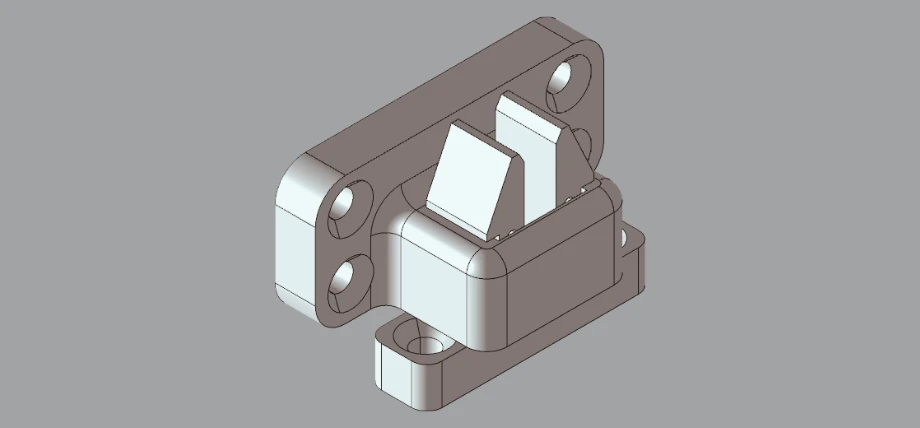
Snap Fitting
Material properties, geometry, and manufacturing process are significant factors that dictate the performance of the snap. Some points that need to be taken into consideration when designing snap-fit joints are mentioned below:
- Material Selection: ABS, polycarbonate, and polypropylene are flexible plastic materials that allow the snap fit to deflect without permanent deformation.
- Stress Concentration: Sharp corners at the base of the cantilever or around the circumference of annular snap joints cause stress concentration, leading to failure.
- Design Tolerance: The snap fit requires a balance between retention and mating force, as overly tight or loose joints can make the assembly unnecessarily difficult.
- Manufacturing Method: One of the most common methods for large-scale production of snap-fit joints is injection molding due to its precision and consistency. 3D printing processes are ideal for quick prototyping and rapid iteration of snap-fit joints.
- Deflection Limits: The length of the cantilever or beam in a snap-fit design must allow sufficient deflection without exceeding the material’s yield strength.
Some essential tips and best practices include using snap-fit joint prototypes in real-world conditions and observing their long-term performance under repeated assembly and disassembly. using finite element analysis to predict deformation and stress distribution of the snap fit design.
Try Prolean Now!
Types of Snap Fit Joints
There are several types of snap-fit joints used across various applications and differ in geometry and engagement methods. Some of the most common snap-fit joints are cantilever snap fits, annular snap fits, and torsional snap fits.
Cantilever Snap Fit
Cantilever snap fit is one of the most common types of snap fit used in a wide array of applications like electronic covers. It is a commonly implemented design in plastic assemblies featuring a cantilever beam that deflects due to the plastic’s elasticity to engage the mating part during assembly.
The cantilevers protruding in cantilever snap fit lock into an undercut on the mating component, providing a secure fit that provides a strong joint.
The performance of the cantilever snap fits is directly related to factors like the length of the cantilever and material properties supporting the undercut geometry.
They require careful design that accounts for the stress concentration of the cantilever snap fits at the base.
Annular Snap Fit
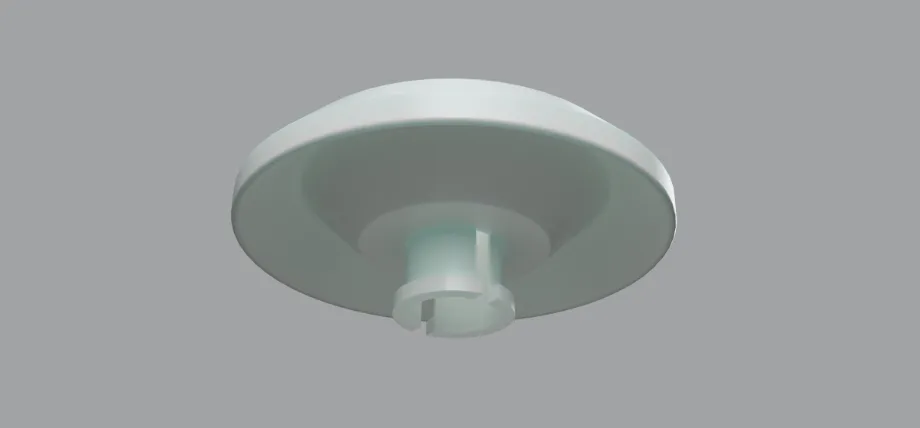
Annular Snap Fit
The annular snap-fit joint is used in cylindrical components such as lids and housings. Annular snap joints have a continuous snap feature around the circumference of mating parts, unlike cantilever snap fits, which have small notches.
The design allows an even distribution of force around the joint, minimizing stress concentration, making annular snap fits ideal for secure and strong joints.
To avoid deformation flaws and ensure mating during assembly, it is essential to manufacture annular snap joints with precise design tolerance.
3D printing is used for pre-production prototyping, while injection molding is employed to manufacture the annular snap joints with high precision.
Torsion Snap Fit
Torsional snap fits, also known as torsional snap joints, have a snap feature that locks the mating parts by using a twisting motion. Unlike cantilever or annular snap fits, they have a U-shaped snap joint that buckles under torsion.
Torsional snap fits have a characteristic design that equalizes the torsional force with material deformation limits.
Injection molding enclosures and CNC machining are precision methods that are used to manufacture torsional snap fits.
Try Prolean Now!
Advantages of Annular Snap Joint
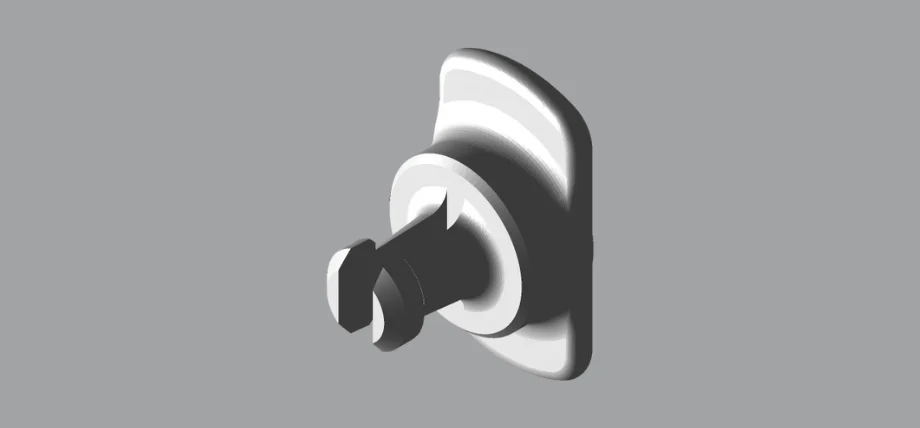
Snap fit pin
Annular snap joints offer several advantages in product design:
- Simplified Assembly: Annular snap fits allow easy snap-on assembly, eliminating the use of snap fasteners and reducing assembly time.
- Uniform Load Distribution: The snap-on feature around the circumference reduces the stress concentration by evenly distributing the force across the entire contact area.
- Versatility: Annular snap-fit joints are used in a wide range of applications due to the design’s ability to be integrated with consumer electronics and medical devices.
- Cost-Effective Manufacturing: Annular snap joints are made using injection molding and 3D printing manufacturing methods, minimizing cost and boosting efficiency.
- Ease of Disassembly: Annular snap joints provide easy assembly and disassembly, making them ideal for maintenance or recycling applications.
These advantages make annular snap joints a common snap fit choice in sectors like automotive, aerospace, and consumer goods.
Disadvantages of Snap Fit Joints
Snap-fit joints and annular snap fits are versatile and durable designs, but they have their limitations. Some common challenges are mentioned below:
- Material Limitations: Snap fits are suitable for plastic materials, which are typically prone to degradation due to UV exposure or high temperature.
- Design Complexity: Designing parts with snap-fit joints is complex and requires balancing deflection and various factors for a viable final result.
- Fatigue Failure: Repeated assembly and disassembly can cause fatigue at the base of the cantilever or snap feature, reducing fit over time.
- Manufacturing Constraints: High-precision tooling is essential for injection molding and CNC machining, making it unsuitable for low-volume production due to high costs.
Design Errors To Avoid In Annular Snap Joints
When designing any component, it goes through the process of trial and error, where its design errors and fatal flaws are highlighted and improved upon to optimize it for the highest performance.
Some of the common design errors and flaws are mentioned below that can decrease the performance of annular snap joints:
Overloading the Snap Feature
The snap-on joints are sturdy but delicate during assembly. Applying too much force when joining can cause excessive deflection, leading to the deformation of the snap feature and rendering it useless.
For optimal performance, the deflection of annular snap joints should be within the material’s elastic limit, with an emphasis on the snap features’ geometry and length of the cantilever beam.
Inadequate Tolerance Specification
The annular snap joints require specific design tolerance, which can be easily disrupted and ruin the whole component. They need perfect fits to ensure that no problems occur during assembly of the mating parts.
Injection molding and 3D printing processes are perfect for manufacturing snap joints, as they ensure the right tolerance and consistency across the board.
Incorporating Sharp Corners
Sharp corners are a common mistake when designing snap joints and lead to fracturing over time due to stress buildup. Sharp corners around the circumference and the base of the snap feature are a common leading factor for stress concentration at these points.
Proper distribution of stress is essential, or it can easily ruin the snap joint by making it prone to cracking and fractures.
Selecting Inappropriate Materials
Proper material selection is essential to form a durable and sturdy snap joint. Using flexible plastic materials like ABS, polycarbonate, and polypropylene for annular snap fits is ideal as they possess elasticity and allow deformation for easy assembly.
Ignoring Manufacturing Process Limitations
Every manufacturing method works within limitations and constraints for the production of the highest quality part, and crossing these constraints may result in a defective part.
Injection molding and 3D printing both have constraints that are carefully monitored for proper part production.
Annular snap joints made using Injection molding require uniform wall thickness to avoid sink marks and avoid localized thick areas to prevent sink marks. Some 3D printing methods like FDM, have the issue of improper layer adhesion, leading to a weak snap feature. However, SLS can produce more functional snap joints.
Using the proper manufacturing method for your snap fit design is essential to make proper and feasible undercuts.
By addressing these errors and using essential design tips like prototyping and stress analysis, designers can create robust annular snap-fit joints.
Where Are Annular Snap Fittings Used?
Annular snap fittings are extremely versatile and reliable due to their ease of use in common applications. Some common applications that use annular snap fittings are mentioned below:
- Consumer Electronics: annular snap fits are used in device housings, toys, and covers due to their durability and aesthetic appeal.
- Medical Devices: The durability of the joints makes snap fits ideal for repetitive-use components, as well as disposable components
- Automotive Industry: The interior trim dashboards of vehicles use annular snap joints to simplify assembly and elevate aesthetic appeal by removing fasteners.
- Packaging: annular snap fits are used in snap-on lids and closures, providing secure seals and easy disassembly.
- Aerospace: Plastic assemblies used in the aerospace industry utilize annular snap fits to reduce weight and eliminate fasteners.
Compatibility with materials like polycarbonate and polypropylene, integrated with manufacturing processes such as injection molding and 3D printing, has made their use prominent in these applications.
Conclusion
Annular snap joints are used in a wide range of applications due to their high versatility and redundant durability, due to the design’s even distribution of force around the circumference, ideal for cylindrical components.
Snap joints are most commonly used in plastic parts, promoting easier assembly and reducing production time and cost.
Snap-fit designs can be improved by following best practices to minimize stress concentration and address design errors to manufacture durable annular snap-fit joints that enhance product performance.
Annular snap joints are a common snap-fit design integrated in various sectors like consumer electronics and medical devices, eliminating the need for fasteners and improving the product design.
Modern injection molding and 3D printing processes have made precision manufacturing widespread and available globally, making it easier to make such parts with snap-fit joints.
Annular snap joints can only be improved and integrated into your specific design by understanding its advantages and limitations in creating durable plastic Assemblies.
Snap Fit Injection Molding Service
At Proleantech, you can find expert injection molding service with staff experienced in challenges of CNC machining services for molds, material selection and optimizing production efficiency.
You can select from a range of materials with optional DFM support for your snap fit parts.
Get a quote today!

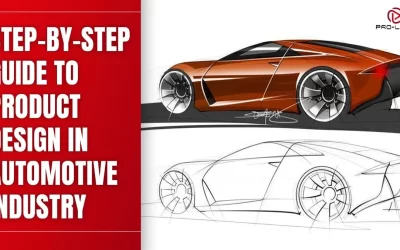
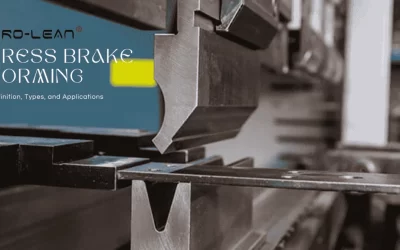
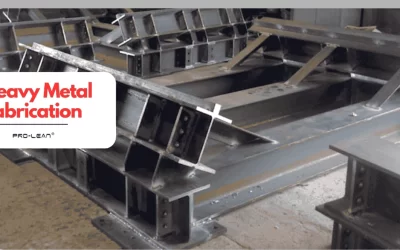
0 Comments